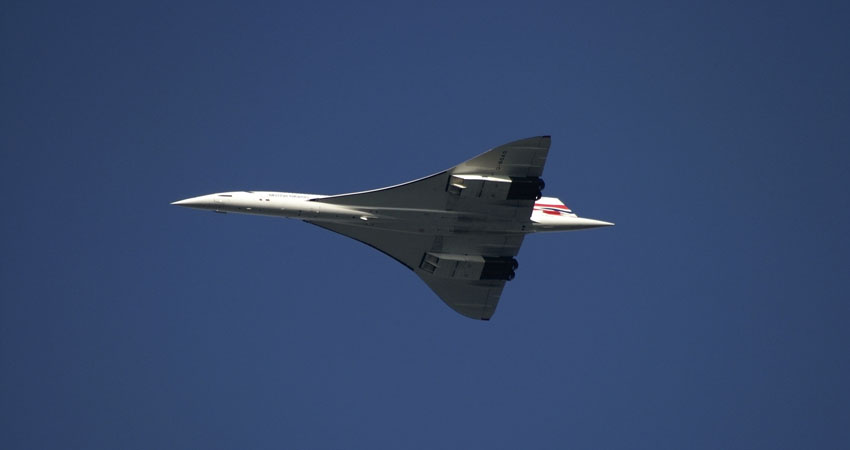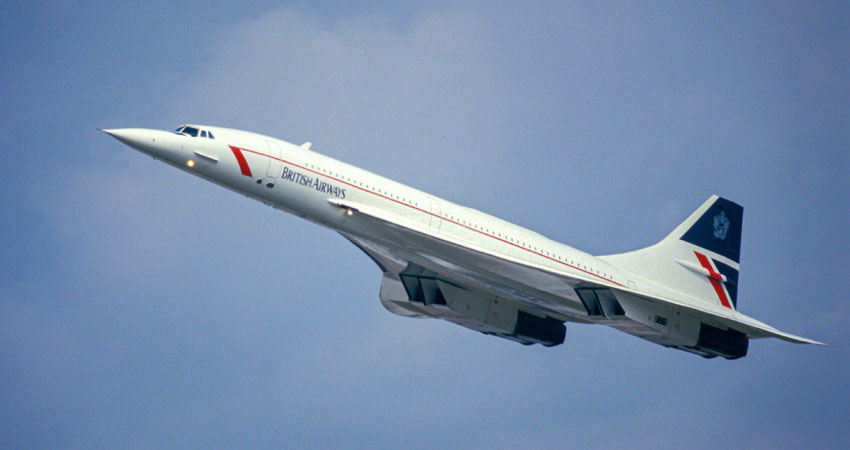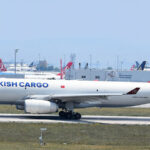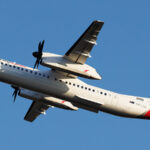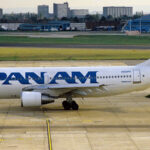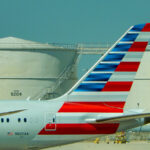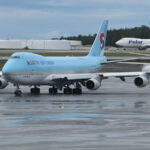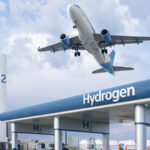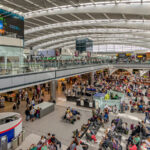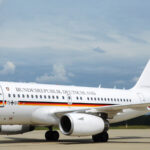Supersonic transport may seem like a thing of the past: the Concorde crash in 2000 and its retirement in 2003 marked the end of commercial flights for these aircraft that flew faster than the speed of sound. However, today there are dozens of projects aimed at breaking the supersonic frontiers once again.
The challenges are numerous. On one hand, safety when flying at such high speeds is something to consider, especially in light of the tragic ending that befell the famous supersonic plane that connected Paris and London with New York.
But there are also many opportunities for various uses, from military to civilian, including both passenger and cargo transport.
What are supersonic flights?
Flying is the fastest means of transportation available. Compared to travel by road, train, or ship, speed is what sets it apart. With commercial airplanes easily surpassing speeds of 800 km/h, no other mode of transportation allows for such rapid connections between the most distant or inaccessible points on the planet.
However, there are even higher speeds in aviation, but it involves a significant challenge: going faster than the speed of sound. Breaking the supersonic frontiers is indeed a major technical challenge, measured in a special way: Mach. Mach 1 corresponds precisely to the speed of sound, 1,234.8 km/h.
Aircraft that reach or exceed this speed have significant advantages in reducing travel times. They can cover vast distances in much shorter times than conventional methods, a significant advantage for any type of use.
However, surpassing this speed barrier also creates some problems, such as the sonic boom that can be heard for kilometers. Additionally, a significant amount of fuel is needed, the engines can be especially noisy, and some models require special runways for takeoff and landing.
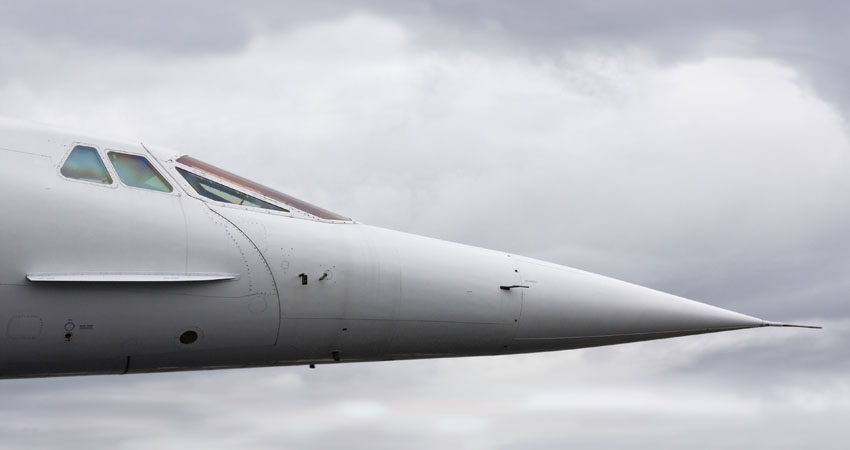
The Concorde: A Supersonic Fleet of the Cold War
In 1976, the first passenger plane to operate regular commercial flights took flight: the Concorde. A true aviation legend, its flights at Mach 2.02 (twice the speed of sound) significantly reduced flight times, especially on transatlantic routes, which it operated most frequently.
The primary route covered by the Concorde was between New York and London, operated by British Airways and Air France, respectively. Until 2000, it was a symbol of distinction for both passengers and the airlines that operated them.
Furthermore, the Concorde, a joint development of the governments of France and Great Britain in the 1960s, played a role in the West’s discussions with the Soviet Union. In fact, the Soviets were the first to create a supersonic aircraft, the Tupolev Tu-144.
However, the Russian models faced significant problems, from operational issues to accidents. The most notable incident occurred at an airshow in Paris, a propaganda defeat for Moscow in the heart of the Western world. Thus, the Concorde remained the only truly operational supersonic commercial aircraft. A technical success, but also a propaganda one.
In July 2000, the decline began. Air France Flight 4590 suffered an accident in which 113 people died. The entire supersonic fleet of British Airways and Air France underwent repairs and safety improvements. The reopening flight took place on September 11, 2001, but the terrorist attacks led to the suspension of its flights once again.
Moreover, there was reduced demand for these flights. Combined with the high cost of Concorde flights and maintenance issues, in April 2003, British Airways and Air France announced the retirement of these supersonic planes, which can now be seen in museums and exhibitions around the world.
Passengers or Cargo
The operating costs of these aircraft are very high. This has generally led to civilian use being primarily for passengers, although in the case of the Soviet Tupolev, it was occasionally used for cargo transportation.
However, the ability to transport goods at high speeds could be very useful for certain types of products, provided they are valuable enough to justify the economic cost, and their transport needs to be urgent.

The Future of Supersonic Flights
In this narrow framework for cargo transport by these aircraft, current developments are primarily focused on passenger transport. Indeed, current projects for new supersonic airplanes, such as those by Boom Technology, ExoSonic, or JAXA, are mainly oriented toward achieving high-speed travel at the price of a first-class ticket on a conventional airline.
However, these developments also consider the possibility of incorporating cargo transport. In fact, the reduction in travel times could be a significant advantage for many products. If prices were reduced enough, it could be viable for cargo to be transported in this manner.
